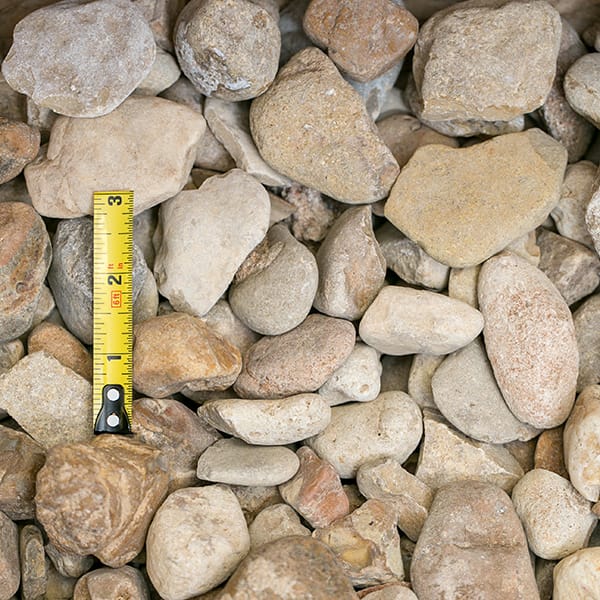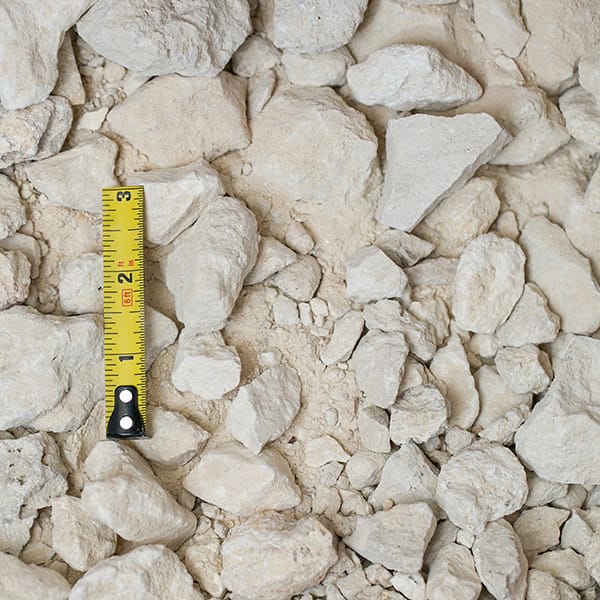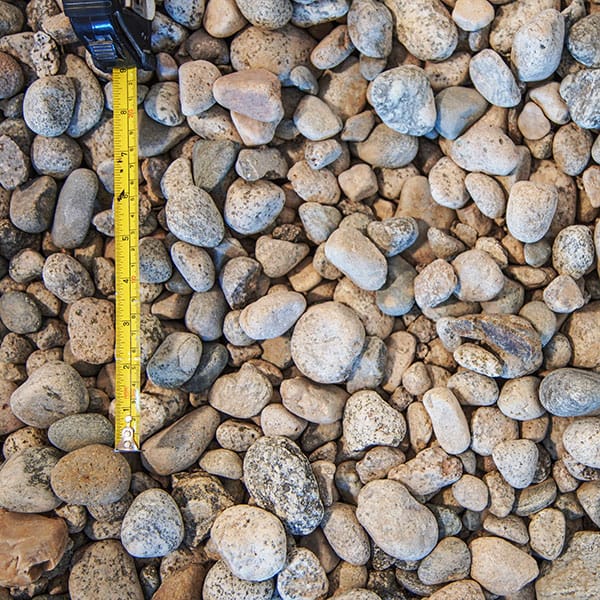Landscaping Ideas
Arizona Cypress
By Innovation Grounds
The Arizona Cypress (Cupressus arizonica) is a tree native to the southwestern United States, particularly in Arizona, New Mexico, and northern Mexico. It’s a highly versatile tree that is valued for its ornamental beauty, drought tolerance, and ability to thrive in arid climates.
1. Taxonomy and Identification
- Scientific Name: Cupressus arizonica
- Common Names: Arizona Cypress, Blue Arizona Cypress, Arizona Blue Cypress
- Family: Cupressaceae
- Genus: Cupressus
- Species: arizonica

2. Physical Description
- Size: Typically grows to 30–40 feet (9–12 meters) in height, although it can reach up to 50 feet (15 meters) in optimal conditions.
- Width: Typically 10–15 feet (3–5 meters) wide.
- Leaves: The foliage is scale-like, with a bluish-green or silvery-blue color, making it highly ornamental. The leaves are tiny and densely arranged along the branches.
- Cones: The seed cones are small (1–2 cm), rounded or globular, and have a woody texture. They mature in 1–2 years and release seeds in the fall.
- Bark: The bark is fibrous, reddish-brown, and peels off in strips. It becomes more attractive as the tree matures.

3. Habitat and Distribution
- Native Range: Arizona Cypress is found in the southwestern United States (Arizona, New Mexico) and northern Mexico.
- Preferred Habitat: It thrives in dry, well-drained soils, including rocky hillsides, canyons, and areas with low rainfall. It is typically found at elevations of 4,000 to 6,000 feet (1,200–1,800 meters) in the wild.
- Climate: It prefers hot, arid climates with high sunlight and can withstand drought conditions.

4. Soil and Water Requirements
- Soil: Well-drained, sandy or loamy soils. Arizona Cypress does not thrive in heavy clay soils or areas with poor drainage.
- Water: Drought-tolerant once established. It requires regular watering during its first few years of growth but can withstand dry spells once mature. However, excessive water (especially in poorly drained soils) can cause root rot.

5. Growing Conditions
- Sunlight: Full sun is ideal for the Arizona Cypress, although it can tolerate some light shade.
- Temperature: This species is hardy in USDA Hardiness Zones 7–9. It can tolerate hot summers and cold winters, making it ideal for desert climates.
- Wind Tolerance: Arizona Cypress has a high tolerance to wind, which makes it a popular choice for windbreaks or privacy screens.

6. Uses and Landscaping
- Ornamental Tree: It is a popular choice for landscaping, particularly in southwestern gardens. Its striking blue-green foliage and conical shape make it a standout in landscapes.
- Hedges and Screens: Due to its dense foliage, it can be planted as a privacy screen or windbreak.
- Erosion Control: Its deep root system helps in stabilizing soils, which is useful in preventing erosion, especially in dry or sloped areas.
- Wood: The wood of Arizona Cypress is aromatic and has a reddish hue. It is used in some areas for cabinetry, fence posts, and other small wood projects.

7. Care and Maintenance
- Pruning: Arizona Cypress generally requires minimal pruning. However, occasional trimming can help maintain its shape, especially in hedgerows. Prune in late winter or early spring.
- Fertilizing: If planted in nutrient-poor soil, it may benefit from a balanced fertilizer during the growing season. Avoid over-fertilizing, as this can damage the tree.
- Mulching: Mulch around the base of the tree helps retain moisture and protect the roots, especially during dry spells. However, ensure that the mulch does not touch the trunk to prevent rot.

8. Pests and Diseases
- Pests: Arizona Cypress is relatively pest-resistant. However, it can be susceptible to scale insects, aphids, and cypress beetles. Regular monitoring and early intervention can help control these pests.
- Diseases: While it is generally hardy, it may be affected by cypress canker (Seiridium cardinale) and root rot in overly wet conditions. Ensuring good drainage and proper spacing can help mitigate these issues.

9. Wildlife Value
- Birds: The dense foliage provides cover for a variety of bird species, including small songbirds.
- Pollinators: Arizona Cypress is wind-pollinated, but it can attract insects looking for shelter or food, especially during flowering.
- Seeds: The cones contain seeds that may be eaten by small mammals or birds.

10. Propagation
- Seeds: Arizona Cypress can be propagated from seeds, though the germination rate is moderate. Seeds should be cold-stratified for about 30 days before planting to improve germination.
- Cuttings: Propagation can also be done through semi-hardwood cuttings taken in late spring or early summer. Rooting hormones can improve success.

11. Tolerances and Limitations
- Drought Tolerant: Once established, this tree can withstand prolonged periods without water, making it ideal for xeriscaping.
- Cold Tolerant: It can withstand freezing temperatures down to about 15°F (−9°C) for short periods, but prolonged exposure to extreme cold can cause damage.
- Soil Salinity: It has moderate tolerance to salt, which makes it suitable for coastal areas or areas with salt in irrigation water.

12. Varieties and Cultivars
- ‘Blue Ice’: This cultivar has particularly striking blue-gray foliage and is highly sought after for ornamental purposes.
- ‘Fastigiata’: A narrow, columnar variety that grows in a more upright shape, making it ideal for tight spaces or as a vertical accent in landscaping.

13. Interesting Facts
- The Arizona Cypress is closely related to the California Cypress (Cupressus sempervirens), but it is more tolerant of extreme heat and dry conditions.
- The Arizona Cypress is sometimes referred to as a “juniper,” but it is a true cypress, and its botanical classification reflects this.
- Its distinctive blue foliage is the result of a combination of its natural pigments and the plant’s adaptation to intense sunlight and dry conditions.

14. Conclusion
Arizona Cypress is a hardy, drought-tolerant, and visually striking tree well-suited for southwestern landscapes. Whether used as an ornamental tree, a hedge, or a windbreak, it adds beauty, texture, and functional value to dry, arid gardens and landscapes. With proper care, it can thrive in a variety of conditions and offer lasting appeal for many years.


